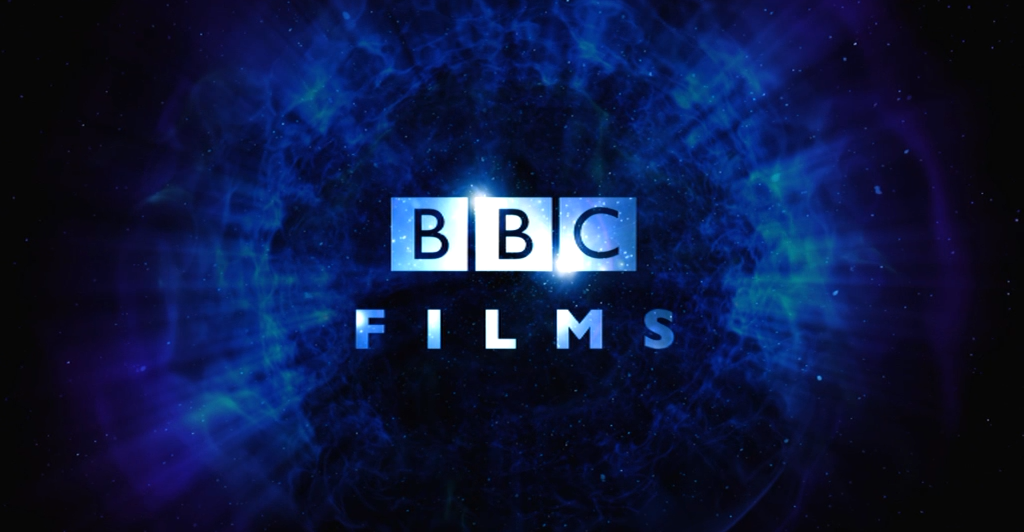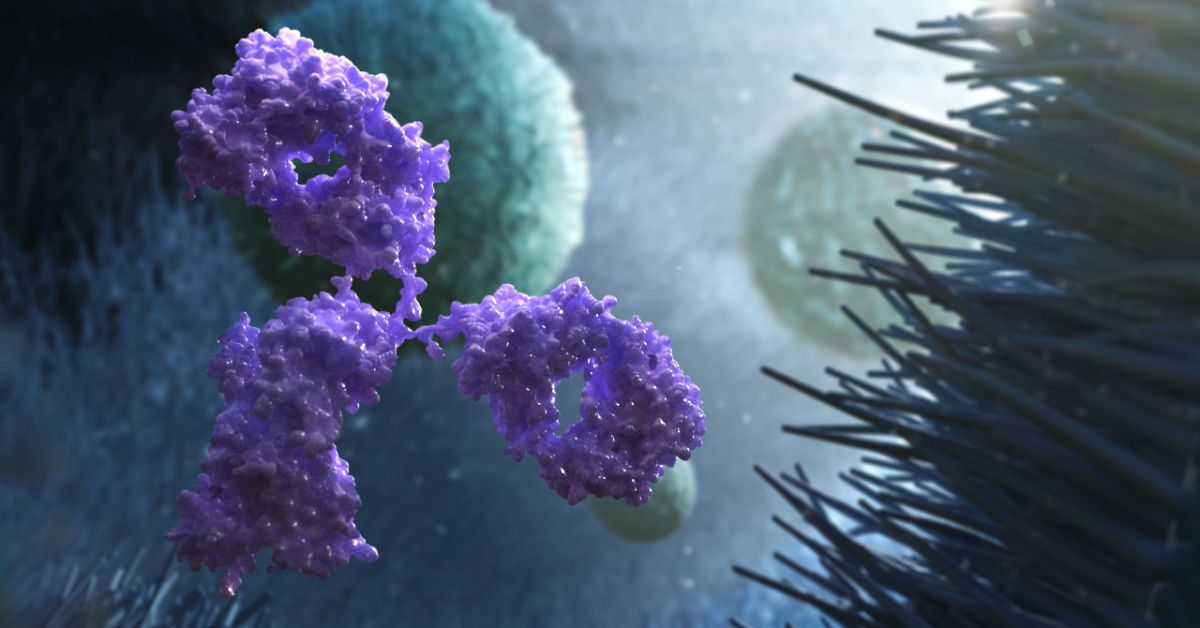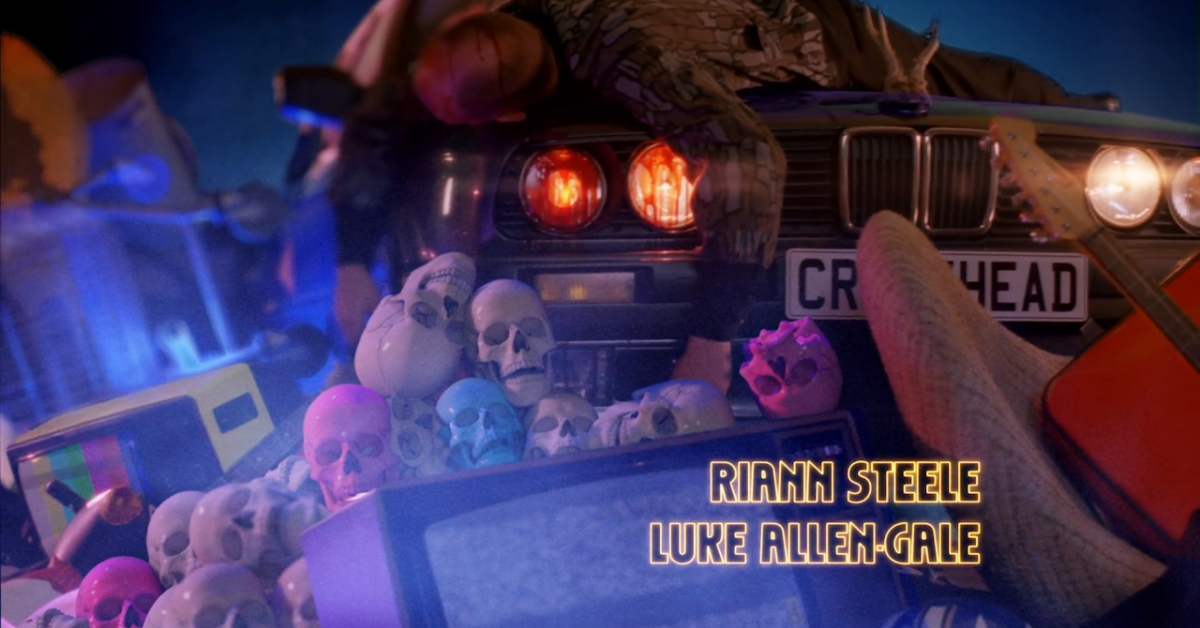
Gabriel Edwards: Freelancer of the Month
Gabriel is a BAFTA Award winning Maya Generalist & CGI Animator. With a successful career spanning across both Broadcast TV Animation and VFX, he has established himself as a highly skilled professional in the field. If you’re interested in learning more about Gabriel and the animation industry, be sure to check out this fantastic interview.
When did you realise that you wanted to pursue a career in animation, and what inspired you to do so?
I am of the ZX Spectrum generation (A 1980’s home computer for younger readers) and in my late teens I got some building work at a small Computer animation company. My computer knowledge and arts background made me useful around the place and I was quickly employed to make corporate graphics and much more importantly, scenes for ITV’s Knightmare which I came to work on for five series. I introduced some 3D scenes like The Cog Room and a talking tree using modeing software I’d written. My first proper piece of character animation was a walking Knight for the new time clock. A tricky task before the invention of IK’s.
What would you say is your greatest professional accomplishment thus far?
I started Liquid TV with two partners in 1993 and left at a time that was right for me 29 years later. During that time I’d got to work on shows whose titles I’d admired and ones that became multinational hits – F1, Horizon, BGT, WDYTYA, I’m A Celebrity, SNT, MOTD, Top Gear, QI to name a few. Obviously the awards are quite nice, we had three BAFTA nominations apart from the one we won as well as a clutch of BDA’s, RTS and Promaxes.
‘The industry has very much gone into specialisms as software has got more complicated […] but because I started doing everything, I still try to cover all the bases’
As a Maya Generalist who has won a BAFTA award, what motivates you to continue working in this field? Why a Maya Generalist?
Raytracing didn’t exist in commercial packages when I first got into CGI and every year more and more exciting tools become available for the creation of new realities. Maya in particular has an immense toolset and you can do so much within one package. I still get a real kick out of the amazing things you can do in CGI and the sheer fun of it hasn’t diminished.
What are the most rewarding and challenging aspects of working in the animation industry?
An unusual side effect of working on title sequences is that your work is almost always on TV somewhere. Last time I looked, ITV sport were still using some bumpers I did in 2008! The challenges are keeping up to date with fast changing software, not just within a package like Maya but the likes of Adobe and Houdini too. The industry has very much gone into specialisms as software has got more complicated (modelers, riggers, texture artists etc) but because I started doing everything, I still try to cover all the bases. I enjoy all of it (apart from doing UV’s and rotoscoping – nobody likes that) so I keep busy!
Could you share with us your funniest anecdote working in the animation field?
That’s a tough one! Flipping this slightly, I think back to when I did a brief stint as studio VFX supervisor on a show with Paul Whitehouse, a very warm and funny man.
What is your opinion on the debate about the undervaluation of animated productions compared to live-action films, especially in light of the recent Oscars Awards?
I think that this is a transitory view of animation, because of its heritage with the likes of Disney, people associate animation with children’s entertainment. Now the available tools enable content creation of any kind. I think we’re going to see animation (with performance capture and AI, photo-real rendering etc) become the ultimate filmmaking tool. The director has total control over everything. Guillermo Del Toros’s Pinocchio is an amazing piece of work and definitely not a kids film, they practically crucify him at one point!
What would you say is your preferred genre in animation? And why?
I love the ‘entire world’ making potential of 3D animation. To be able to create places and characters that have a solid reality from nothing is really magical.
As an animator, you are supposedly in a field threatened by AI, do you think this new technology is going to change things?
I prefer to think of AI as machine learning as there is no real Intelligence involved here, we just perceive it as such as it reflects what we put into it. Just as some jobs like paint and trace were lost to digital production, there will be threats to some parts of the production process but this will just give us more time to create. I’m frankly bored by all these flickering AI sequences we see at the moment and I look forward to better applications!
Where do you see the future of animation heading, and what developments do you anticipate in the years to come?
Machine learning will give us new opportunities by bringing a lot of pre-process tasks into the real time world so we’ll be able to see things quicker and make better creative decisions.
A properly lit, well antialiased frame still takes several minutes to render and although UE is amazing, there is still more to come from faster computing. I can’t wait to see the possibilities of quantum computing with CGI. I spend a lot of my spare time working with UE and Unity and I love the real time nature of these projects. Out of the four preset categories on starting UE, only one is for games which shows the growing impact of real time technologies across the board. I think desk-side motion, hand and facial capture systems are really cool.
For aspiring animators, what advice would you offer in terms of skills to develop, challenges to anticipate, and opportunities to pursue?
So much hiring is based on showreels. I find recruiters always view work on what they have in front of them, they don’t make allowances for it being a personal project, college work or a low budget job. This means you should work up any self-directed work to look as commercial as possible. This often lies in loving it in comp. Spend time on course work or stuff that you’ve originated to bring it up to scratch. Improve the modeling, textures, lighting etc that you didn’t have time to do during the course. Use depth of field, light flares, grading, be cinematic – use close ups, cut to mid-shots, don’t ease in and out camera moves. The games industry is a big employer of animators so get to know game engines (all free!) and make portfolio work that the industry would interest the industry.
Here you can see Gabriel Edwards’s showreel. To find out more about Gabriel Edwards and other freelance post-production talent, please contact a member of the team.




